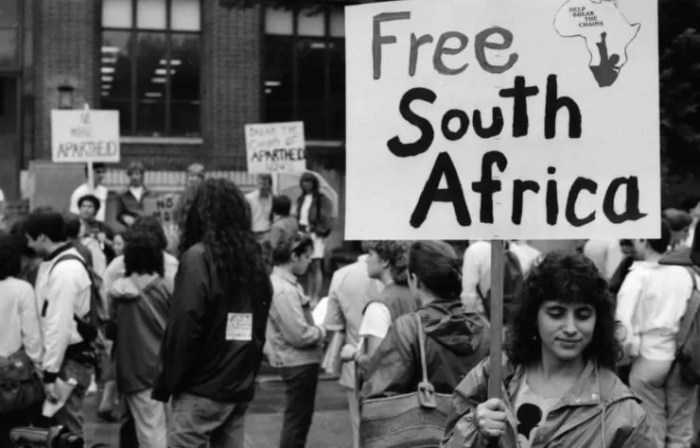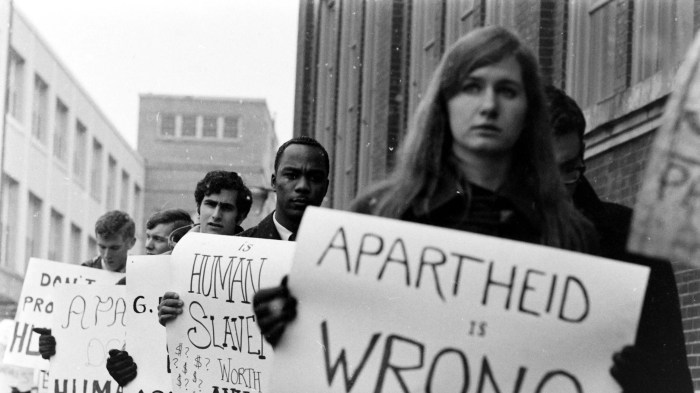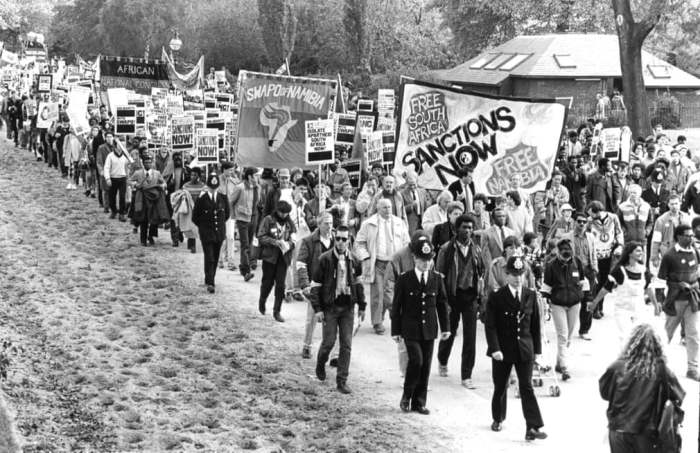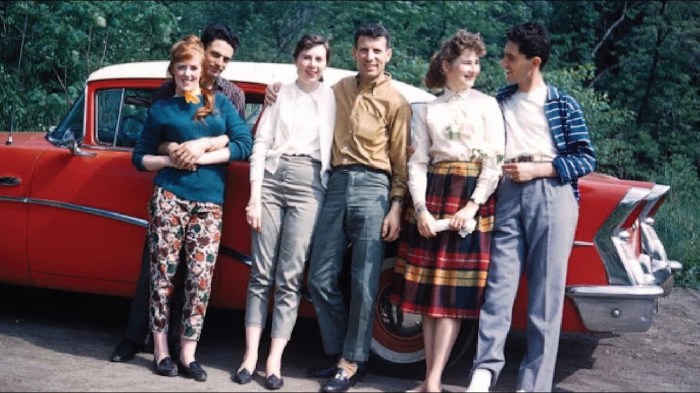The movement against apartheid in south africa brainly – The movement against apartheid in South Africa stands as a testament to the indomitable spirit of those who fought against a system of racial segregation and discrimination. This movement, which spanned decades and involved countless individuals and organizations, ultimately led to the dismantling of apartheid and the establishment of a democratic South Africa.
The roots of apartheid can be traced back to the late 19th century, when the white minority government implemented a series of laws that restricted the rights of the black majority. These laws created a system of racial segregation that permeated every aspect of life, from education and housing to employment and political participation.
Historical Background of Apartheid in South Africa

Apartheid, a system of racial segregation and discrimination, was established in South Africa in 1948. Its origins can be traced back to the colonial era, when the Dutch and British implemented policies that separated the indigenous population from European settlers.
The National Party, which came to power in 1948, formalized apartheid into law, creating a rigid system of racial classification and separation.
Apartheid had a profound impact on all aspects of South African society. It divided the population into four main racial groups: white, black, Indian, and colored (mixed race). Black South Africans were subjected to severe restrictions, including forced removals from their homes, denial of citizenship rights, and limited access to education, employment, and healthcare.
Key events in the establishment of apartheid include the Population Registration Act of 1950, which classified all South Africans by race, and the Group Areas Act of 1950, which segregated residential areas. Prominent figures involved in the implementation of apartheid include Prime Minister Daniel Malan and Minister of Justice Hendrik Verwoerd.
Emergence of the Anti-Apartheid Movement

The anti-apartheid movement emerged in response to the oppressive policies of the apartheid government. Key organizations involved in the early stages of the movement include the African National Congress (ANC), the Pan Africanist Congress (PAC), and the Black Consciousness Movement.
Individuals such as Nelson Mandela, Steve Biko, and Archbishop Desmond Tutu played pivotal roles.
The motivations of the anti-apartheid movement were to end racial segregation and discrimination, and to establish a democratic and just society for all South Africans. External factors, such as international pressure and the Cold War, also influenced the shape of the movement.
Key Events and Strategies of the Anti-Apartheid Movement
Major events in the anti-apartheid movement include the Sharpeville Massacre in 1960, when police opened fire on a peaceful protest, and the Soweto Uprising in 1976, when student protests against the use of Afrikaans in schools led to widespread violence.
The anti-apartheid movement employed various strategies, including protests, boycotts, and armed resistance. Non-violent resistance, inspired by the teachings of Mahatma Gandhi, became a key tactic. Nelson Mandela, who spent 27 years in prison for his role in the movement, became a symbol of the struggle for freedom.
International Support for the Anti-Apartheid Movement

The anti-apartheid movement received significant support from the international community. Key organizations such as the United Nations and the Commonwealth of Nations condemned apartheid and imposed sanctions on South Africa. Countries such as the United States and the United Kingdom provided financial and diplomatic support to the movement.
International support played a crucial role in putting pressure on the apartheid government and raising awareness of the injustices faced by Black South Africans.
Negotiations and the End of Apartheid: The Movement Against Apartheid In South Africa Brainly

In the late 1980s, as international pressure intensified and the economy suffered, the apartheid government began to negotiate with the anti-apartheid movement. Key figures in the negotiations included President F.W. de Klerk and Nelson Mandela.
The negotiations led to the release of political prisoners, the legalization of anti-apartheid organizations, and the eventual dismantling of apartheid laws. In 1994, South Africa held its first democratic elections, which were won by the ANC, and Nelson Mandela became the first democratically elected President of South Africa.
Legacy and Impact of the Anti-Apartheid Movement
The anti-apartheid movement had a profound impact on South Africa and the world. It led to the end of apartheid and the establishment of a democratic and multiracial society. However, the legacy of apartheid continues to shape South Africa today, with ongoing challenges such as poverty, inequality, and racial tensions.
The anti-apartheid movement remains a powerful example of the struggle for justice and equality. Its lessons and strategies have been applied to other movements around the world, inspiring hope and change.
FAQ Explained
What were the key events in the anti-apartheid movement?
Key events in the anti-apartheid movement include the Sharpeville Massacre in 1960, the Soweto Uprising in 1976, and the release of Nelson Mandela from prison in 1990.
Who were some of the key figures in the anti-apartheid movement?
Key figures in the anti-apartheid movement include Nelson Mandela, Desmond Tutu, Steve Biko, and Winnie Mandela.
What were the major strategies used by the anti-apartheid movement?
The anti-apartheid movement used a variety of strategies to fight against apartheid, including protests, boycotts, and armed resistance.

